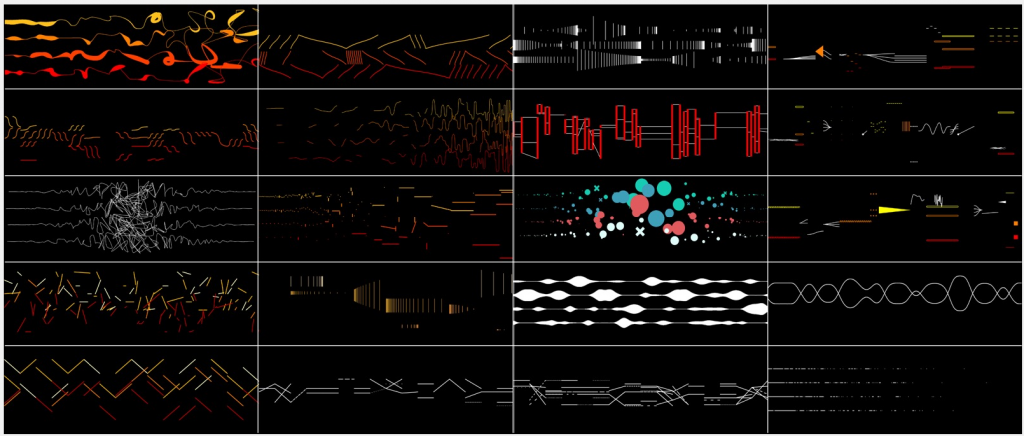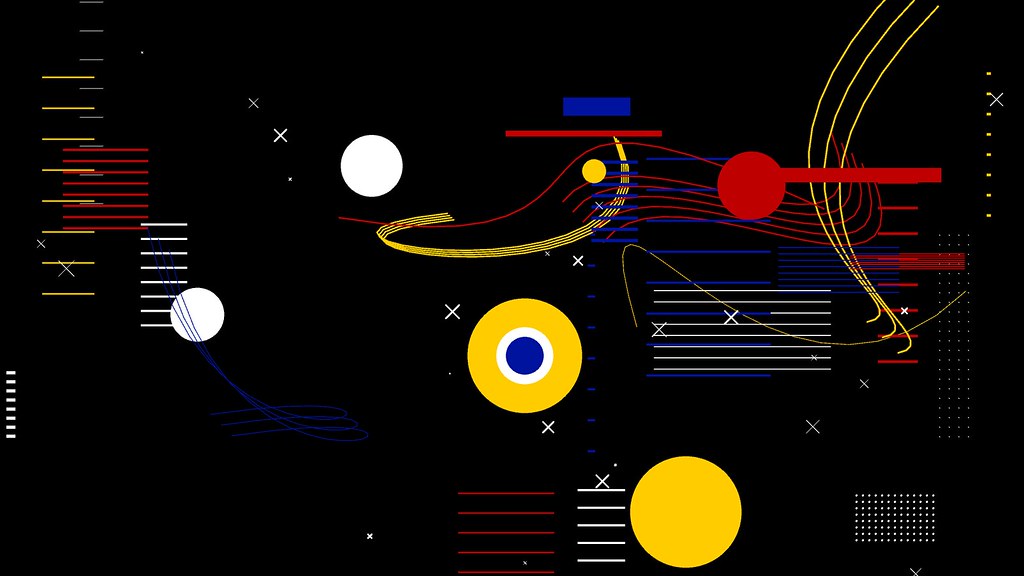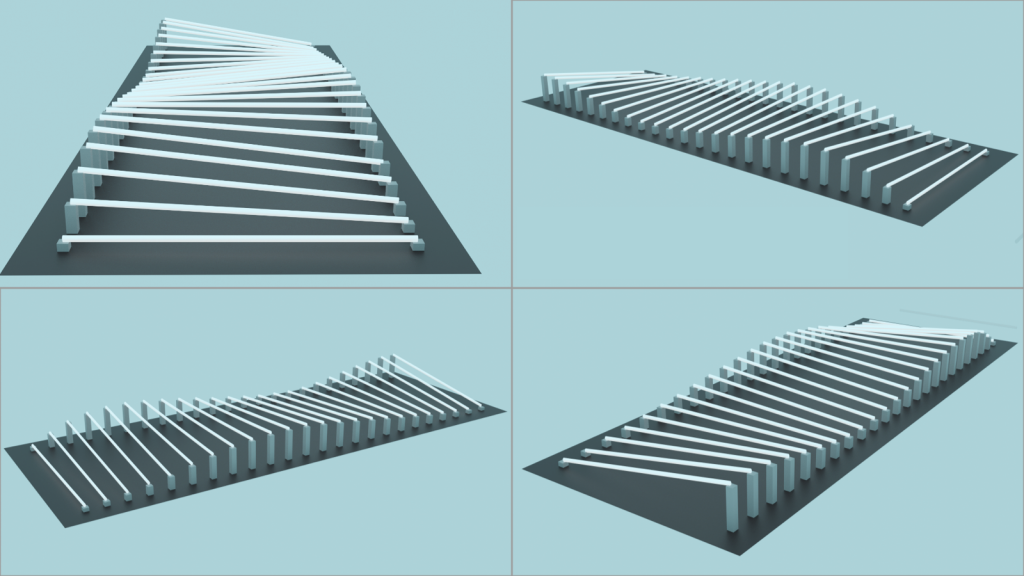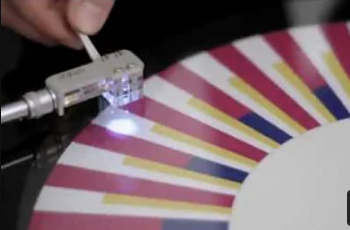The project is called Experiments in Musical Intelligence (EMMY) designed by David Cope. David Cope works in the area of sound and computation and this project is about composing complete works in the styles of multiple classical composers. For example, in the work Mozart-style Sonata 2-1, the algorithms composed the piece in the style of Mozart from the analysis of the pieces traditionally composed by Mozart. The thing that I admire the most about the project is its potential of extending the lives of great musicians. By using algorithms, we can still hear new music pieces from those dead musicians. This is extremely exciting because it is a way for human beings to achieve eternity.
Reference
David Cope, Mozart-style Sonata 2-1, 2013.
![[OLD SEMESTER] 15-104 • Introduction to Computing for Creative Practice](../../../../wp-content/uploads/2023/09/stop-banner.png)



